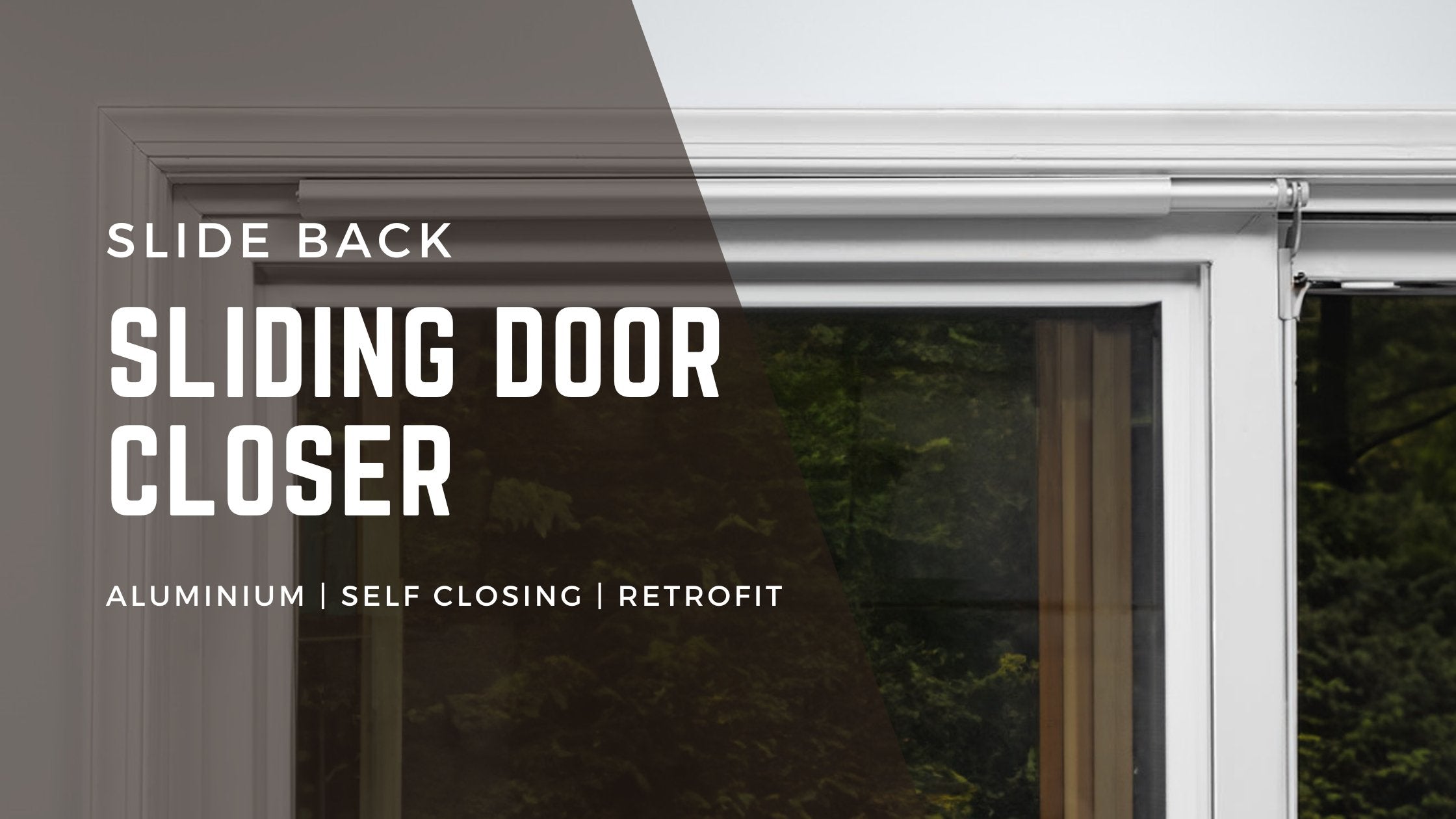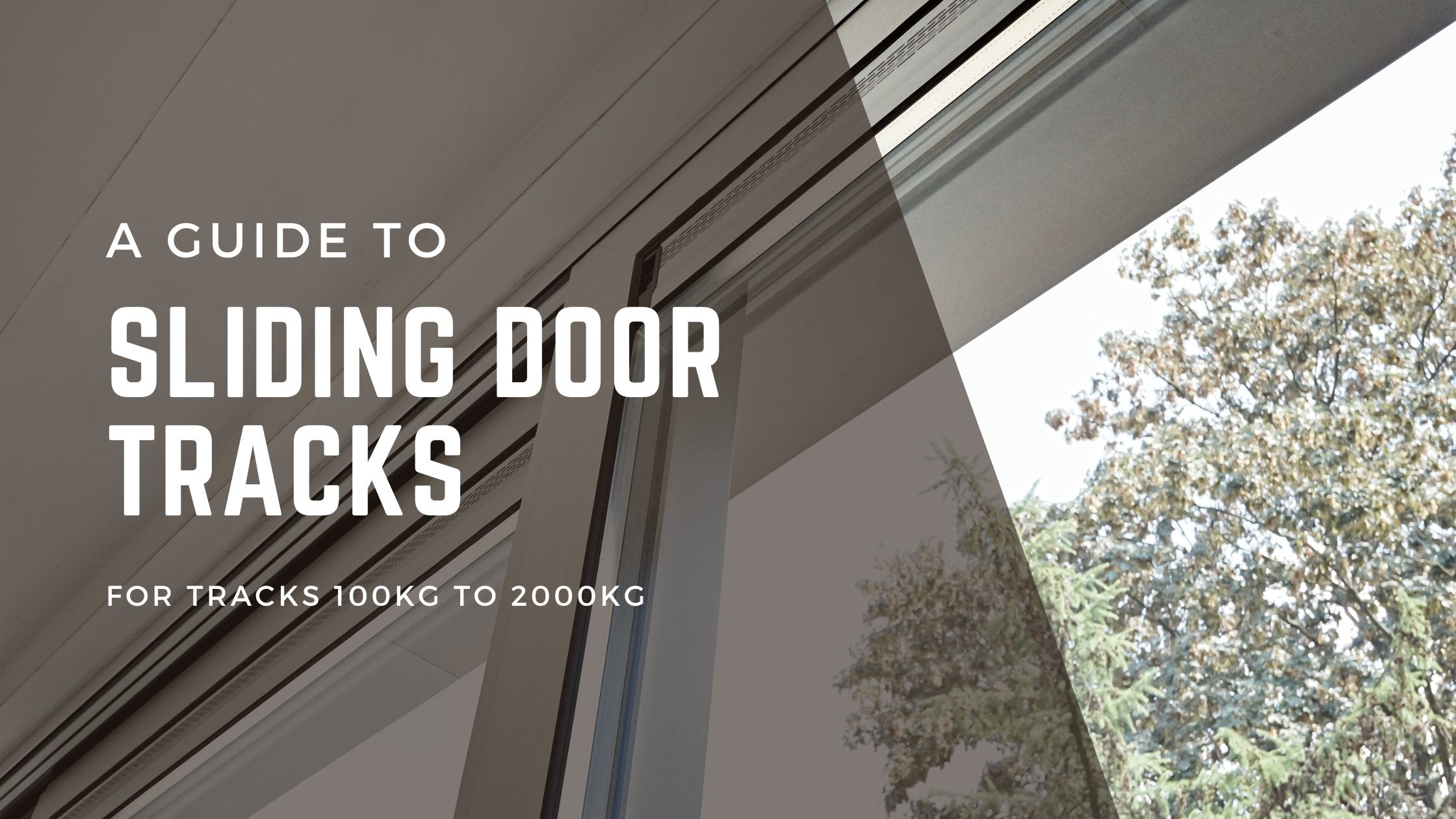Avoid These Common Sliding Gate Installation Mistakes: A Comprehensive Guide to Getting your Gate Right

Installing a sliding gate can significantly enhance the security, accessibility, and aesthetics of your property. However, improper installation can lead to various issues, compromising the gate's functionality and durability. In this guide, we'll highlight the most common mistakes people make when installing sliding gates and provide actionable tips to help you avoid them, ensuring a smooth and successful installation process.
1. Neglecting Proper Measurement and Planning: One of the most critical steps in installing a sliding gate is accurate measurement and meticulous planning. Failing to measure the gate opening, track length, and clearance space properly can result in a gate that doesn't fit or operate smoothly. Before starting the installation process, take precise measurements and carefully plan the layout to ensure compatibility with the gate system.
2. Underestimating Foundation Requirements: A sturdy foundation is essential for the stability and longevity of a sliding gate. Many people make the mistake of underestimating the foundation requirements, leading to issues such as gate sagging, misalignment, or premature wear and tear. Ensure that the concrete footing or base for the gate track is adequately sized, properly leveled, and reinforced as per the manufacturer's recommendations.
3. Improper Track Alignment and Leveling: Proper track alignment and leveling are crucial for the smooth operation of a sliding gate. Misalignment or uneven leveling can cause the gate to derail, drag, or make excessive noise during opening and closing. Take the time to align the gate track precisely and use a level to ensure it's perfectly horizontal. Additionally, avoid installing the track on uneven or sloped surfaces without proper adjustments.
4. Inadequate Gate Support and Bracing: Sliding gates can exert considerable weight and force, especially larger or automated models. Insufficient gate support and bracing can lead to structural instability, causing the gate to warp, bend, or malfunction over time. Install adequate support posts, braces, and reinforcement hardware to distribute the weight evenly and prevent excessive stress on the gate frame and track system.
5. Ignoring Safety Considerations: Safety should always be a top priority when installing a sliding gate, especially if it's automated. Many people overlook essential safety features such as photoelectric sensors, safety edges, or manual release mechanisms, exposing themselves and others to potential accidents or injuries. Ensure that your gate installation complies with relevant safety standards and regulations, and incorporate appropriate safety devices to protect users and property.
Conclusion: By avoiding these common mistakes and following best practices, you can ensure a successful and trouble-free installation of your sliding gate. Remember to prioritize accuracy, structural integrity, and safety throughout the process. If you're unsure about any aspect of the installation, consider seeking professional assistance to achieve optimal results. With proper planning and attention to detail, your sliding gate can provide years of reliable service, enhancing the security and convenience of your property.



